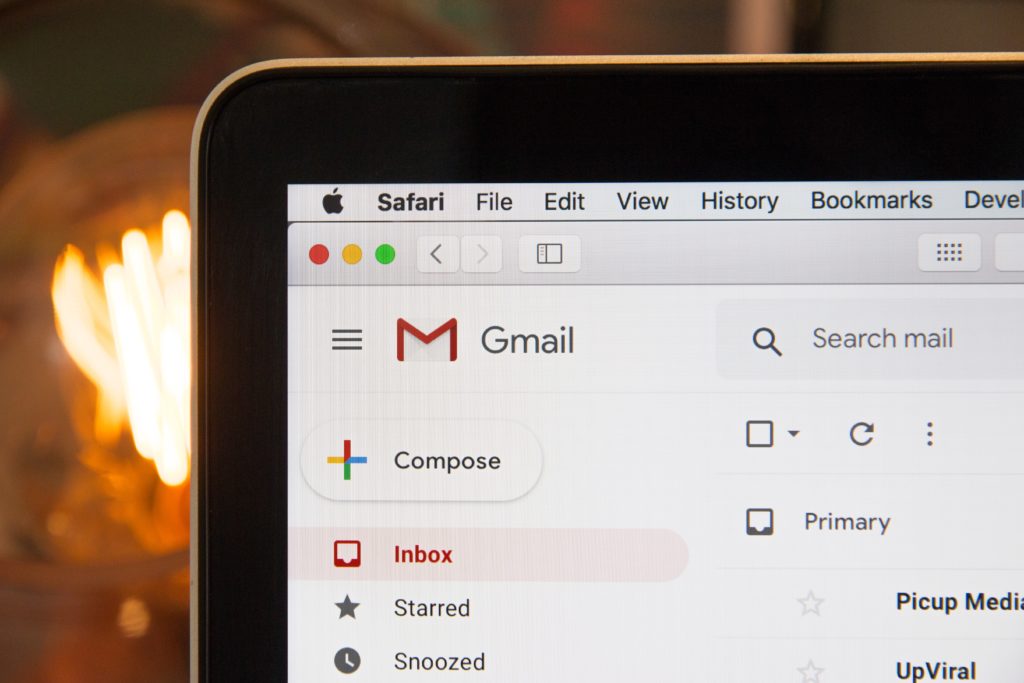Email etiquette you should follow

We have reached a time in our lives where everything revolves around email. We have our email set up on our laptops, desktops and even our phones. It’s the one thing that has become so important to us even if we don’t realise it. We use it for school, work, banking, shopping – you literally cannot live without having an email address.
However, an email can make the difference between a successful working relationship or possible confusion, especially if you are working or studying remotely. Email communication and etiquette can vary depending on various factors. For example, the way you type an email to your friend will be totally different from how you would type one to your supervisor or manager.
But we’re here to share some basic email etiquette that you will definitely need and benefit from…
- Have a professional email address
If you use your personal email address for queries or responding to an advert, always create an email address that people can understand. Instead of hellokitty@gmail.com, use your name and a number or your name and surname. An email that conveys your name will let the recipient know who is sending the email. It will also make you appear to be a bit more professional. Can you imagine a possible employer reading an email from sweetypie@gmail.com?
- Have a clear, direct subject line
Subject lines are so important. It can tell the recipient the urgency of the mail and whether it’s something they should reply to as soon as possible. Examples of a good subject line is “Meeting for Voices Unite has changed” or “Voices Unite youth presentation” or “Feedback on Voices Unite report”. Direct, obvious and clear.
- Use a professional greeting
Using “Yo!” or “Heya!” is not professional at all, no matter how well you may know the recipient. Use “Hi” or “Hello” instead. If you wish to be more formal, use “Dear (name)”.
- Don’t hit reply all or CC everyone
If you received an email addressed to everyone in the company or lecture, there is no need to hit reply all. It can be incredible annoying to be copied into every mail or to see every single reponse that has nothing to do with you. Always hit “Reply” and respond to the main sender. Unless, of course you were asked to reply to all in the email.
- Include your signature
Every email you send should include a signature at the bottom. This signature or banner will tell the recipient who you are and how to contact you. You are able to set it up manually in your email settings. Include your contact number as well, so people are able to contact you via your mobile.
- Always proofread your email
We cannot stress this enough. Always proofread before you hit send. You do not want to be judged by the way you compose an email. If your email is full of misspelled words and grammatical errors, the recipient may assume you are unprofessional, sloppy or just lazy.
- Simmer down with the humour
Humour does not translate well via email, especially if you don’t know the person you’re sending the email to. The reason is because no one can understand the tone in which you were typing out your email. When responding or typing out emails, leave out the humour or keep it for WhatsApp.
- Paper trails
Always respond to an email instead of starting a new one each time. This will allow you to keep track of the conversation as it builds up = paper trail. The last thing you need to be doing is figuring out which day you sent an email and to whom.
- Always reply to emails in a timely fashion
Always reply to emails as soon as possible. Even if it’s a simple “Noted.” to let the sender know that you have acknowledged the email that was sent. People hate being ignored!
- Use an appropriate font
Comic Sans in bold red and size 14 surely has a place and time, but in your email it should not! Always use a classic font, in a basic colour and a size that’s not too big or not too small. Generally, an ideal font would be Arial, Calibri or Times New Roman, with a font size between 10 – 12 and the safest colour to use is black.
We hope these tips help when you draft your next email.
Sharing is caring!
Help us spread the word about Voices Unite:


